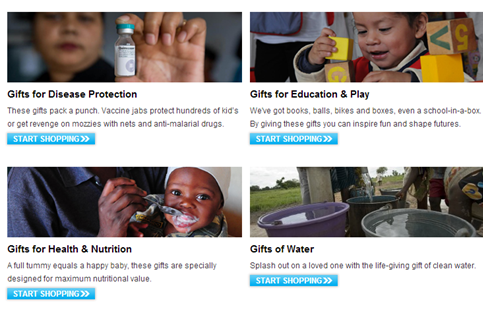
This week we took a closer look at how well the fashion industry meets the core values that make up #thenewstandard.
Environment
Shop Ethical has put together a useful summary of some of the key environmental concerns facing the textiles industry highlighting the excessive use of energy and water and its role in waste production.
However, all there are a lot of companies and organisations who are moving towards a greater transparency in their supply chains and improve the ethical standards of the industry. See Shop Ethical article’s here.
People
The issue of modern slavery has already been touched on in our Chocolate Industry: Issues of Production and Consumption post however it is an equally pressing issue in the textiles industry.
News of the Bangladesh textile factory collapse in April this year (2013) was shocking to say the least as it highlighted that in some cases the working conditions in the clothing industry really are that bad.
“It wasn’t just horror at the unnecessary deaths of over 1000 innocent people, but horror caused by a realisation that the disaster highlights the dark side of the way we think about and consume fashion.” (Sarah Compson, Ecologist 2013)
In short, the exploitation of workers through poor working conditions, low wages and long working hours is the modern equivalent of modern slavery.
Australia is not exempt from these charges as many popular fashion brands do nothing to eradicate modern slavery from their supply chains.
In Australia’s First Ever Fashion Report, it was found that only 12% of companies received an ‘A’ rating for their labour rights management systems, and disturbingly, only 5% of companies had a fully implemented policy to ensure workers received a living wage (a wage sufficient to cover a family’s basic costs of living).
The Report has been condensed into the Ethical Fashion Guide, providing consumers with easy to read information about 128 fashion brands.
The exploitation of outworkers in Australian fashion industry also remains a serious issue. Outworkers are those who work from home and in small workshops instead of factories which is a big source of the problem because it is more difficult for unions to get in touch with them and ensure that they know their rights under the Homeworkers Code of Practice. Here is a fantastic summary of the issue by Fair Wear Australia, an organisation committed to ending sweatshops in Australia and overseas.
Also look out for Ethical Clothing Australia which is the accreditation body that formally accredits Australian textile, clothing and footwear manufacturers (producers or makers) that show that they comply with the Homeworkers Code of Practice.
Animals
The exploitation of animals for in the fashion industry is being increasingly hard to ignore thanks to the likes of dedicated journalists and passionate animal lovers. For more information on the issue see PETA’s resources on animals in the fashion industry.
Below are some insightful and (heartbreaking) video footage and reports of animals being exploited for fashion:
Communities
If you’re finding it too hard to pick which brand to invest in then why not consider buying second-hand from a local charity or NGO that supports local communities. Second-hand charities stores like St Vincent De Pauls (or Vinnies) and Salvation Army have great finds!
Also you can make picking which brands to invest in much easier by using some of the apps and website on our Tech Toolkit.











